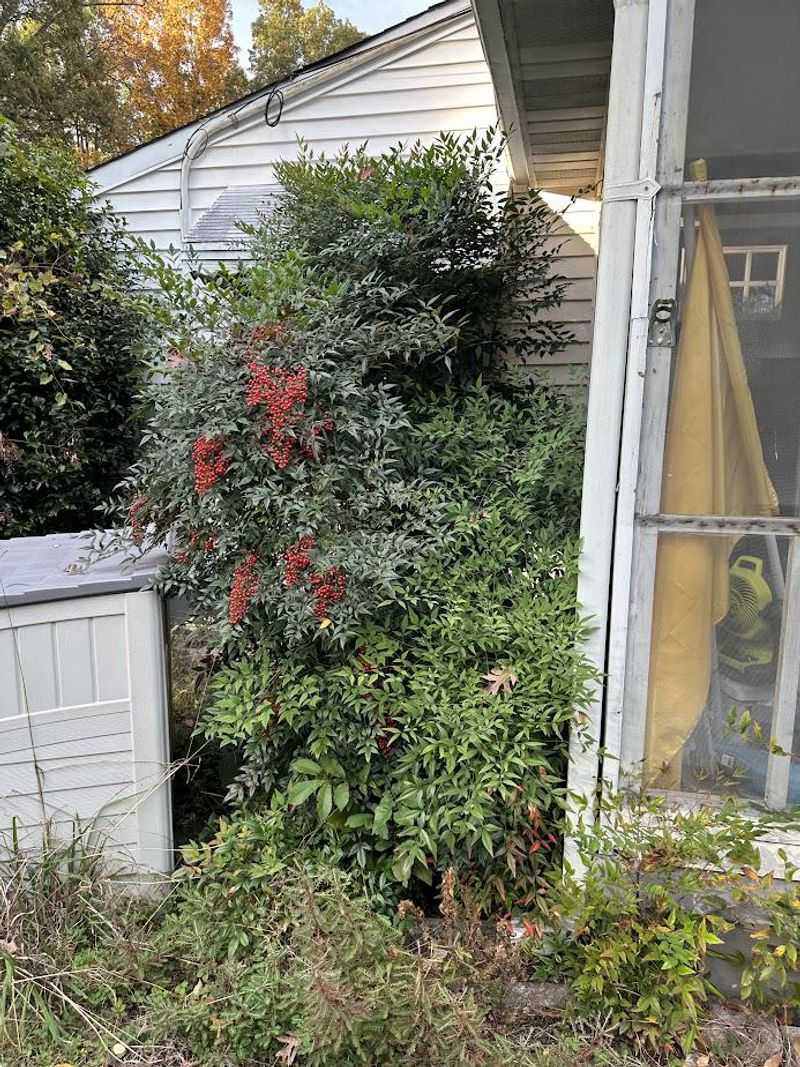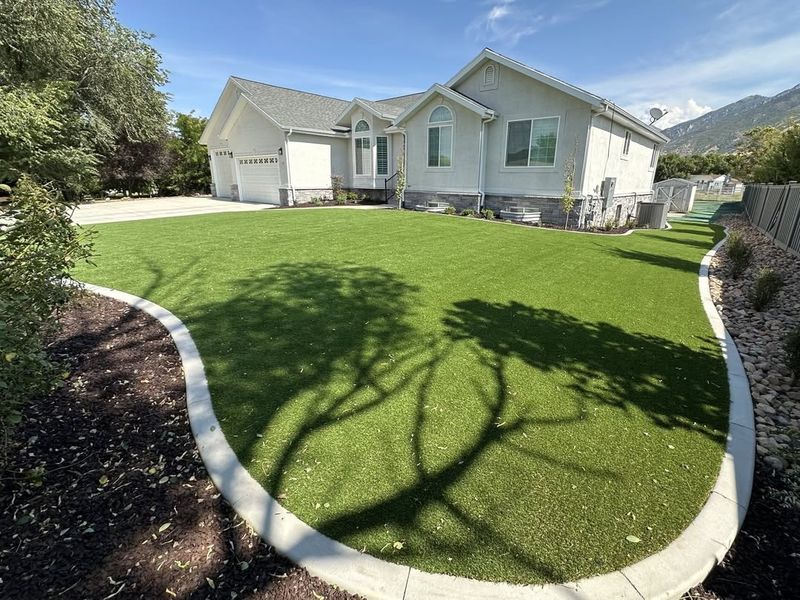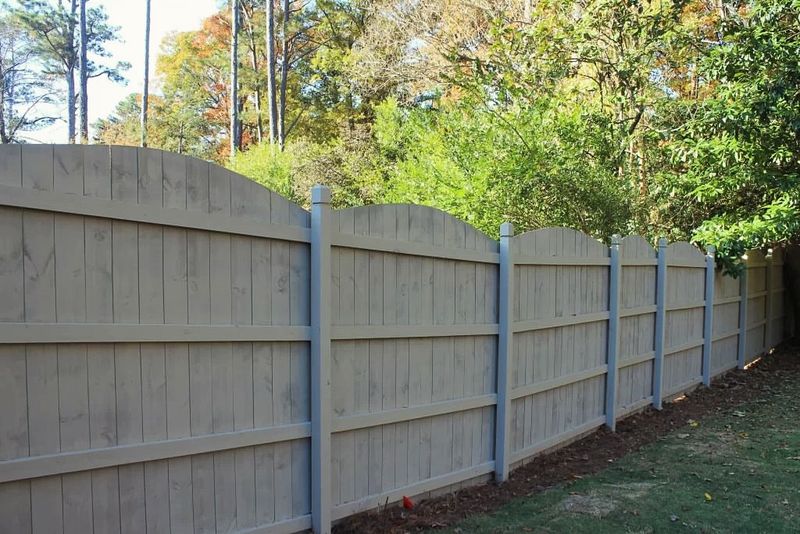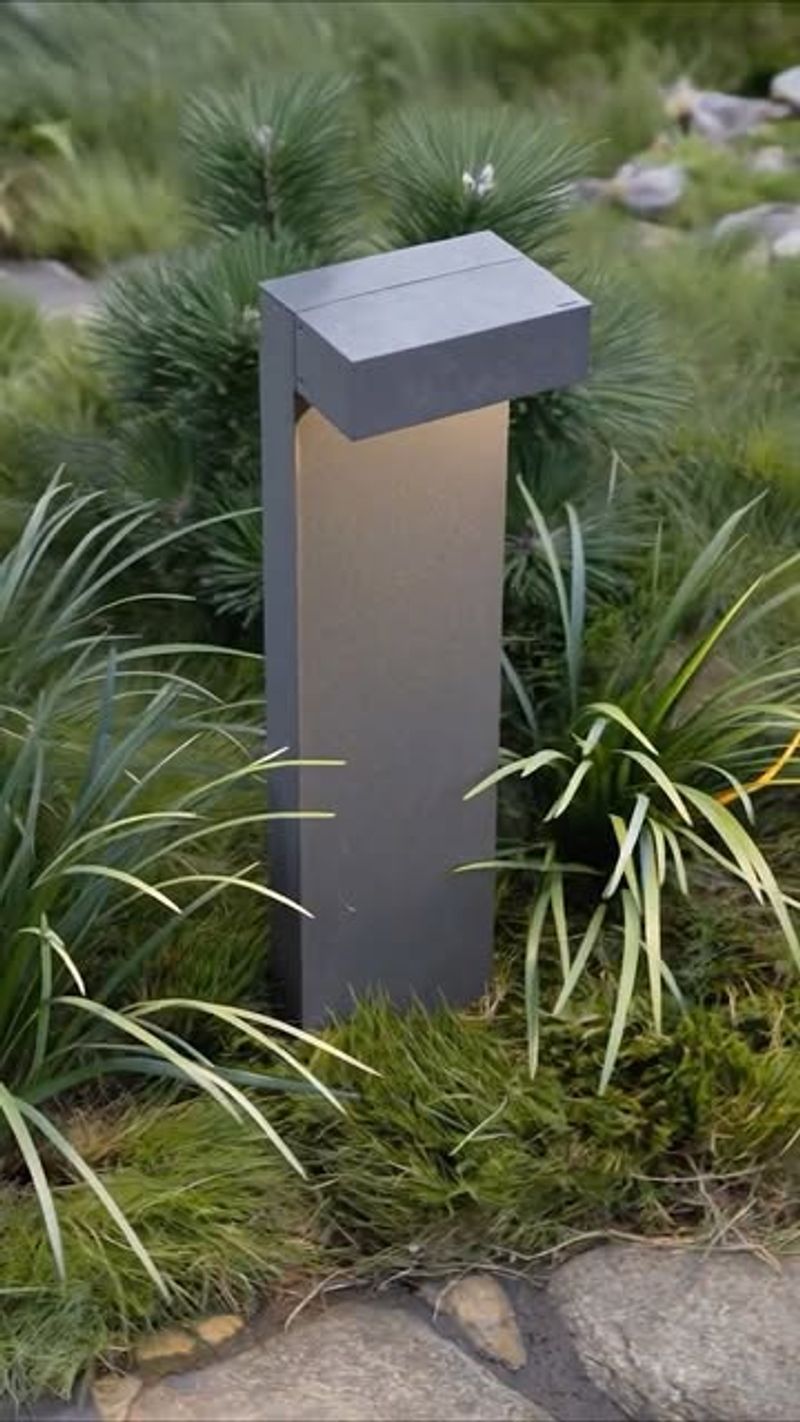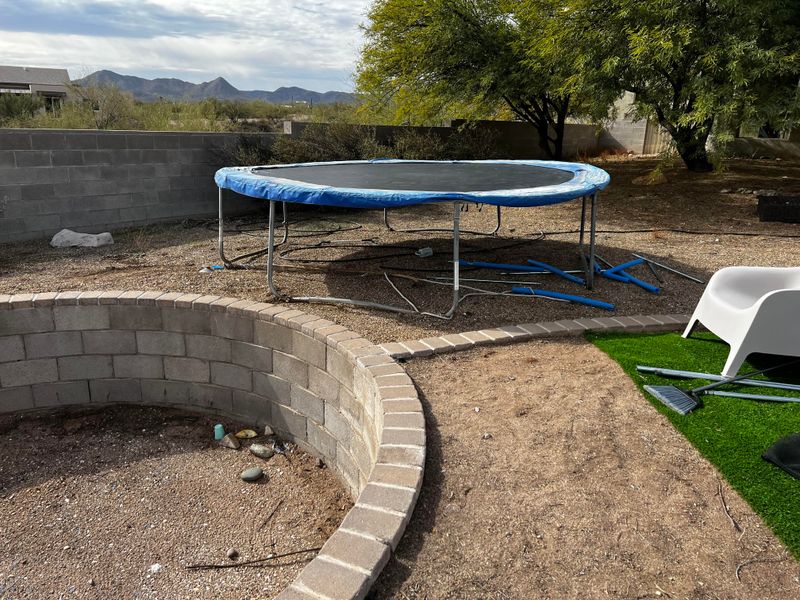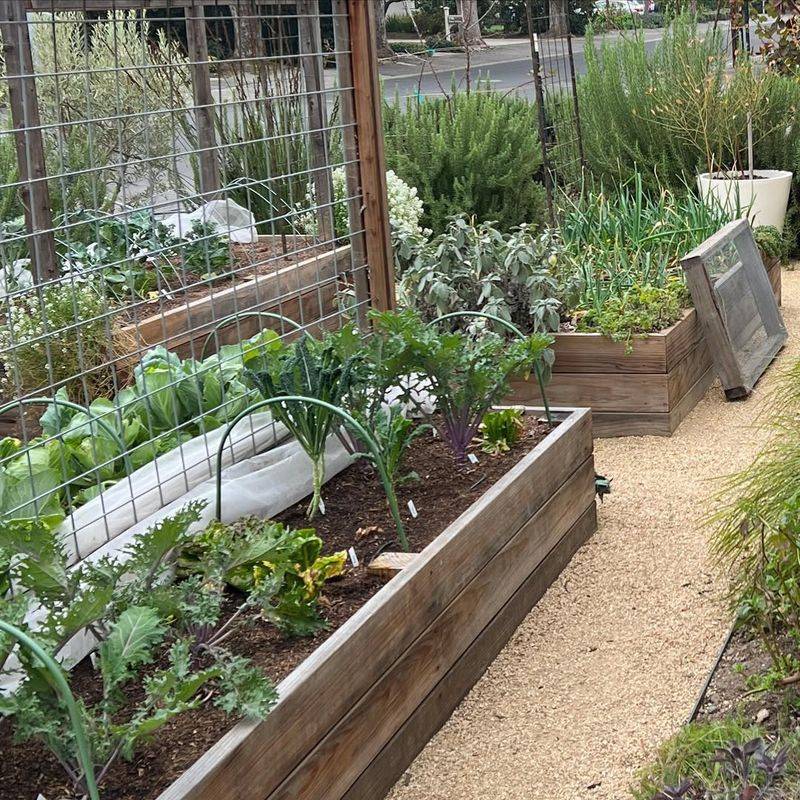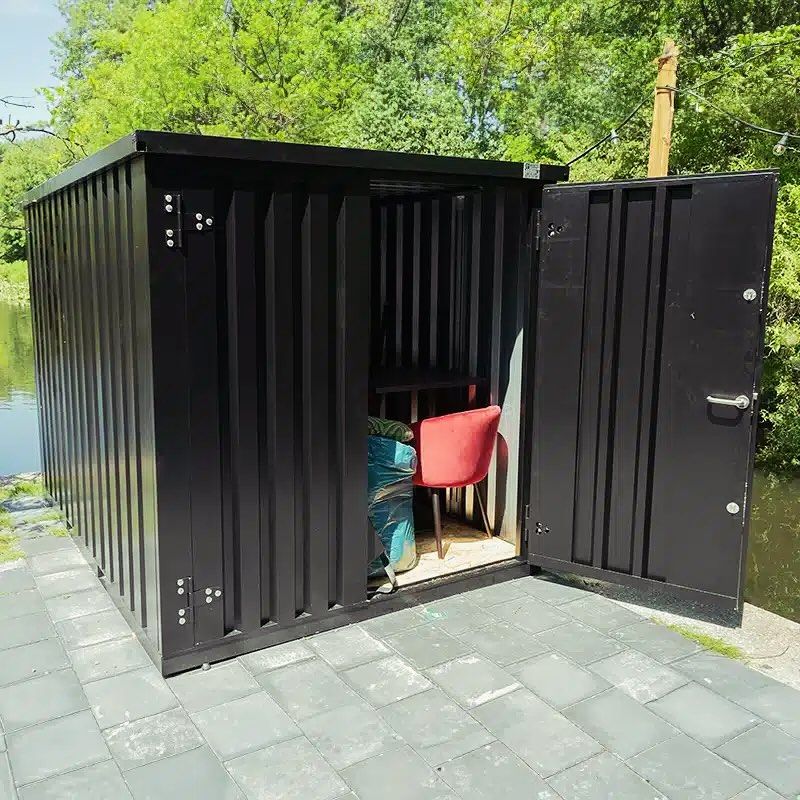Illinois homeowners might need to take a second look at a few trendy yard additions. I’ve watched some of these features pop up everywhere, only to hear whispers that new rules could shut them down.
It’s wild how fast everyday landscaping choices can land on the radar. Keeping an eye on these changes can save you from a major redo later.
1. Gas-Powered Lawn Mowers
Loud engines and exhaust fumes might soon become a thing of the past for Illinois yards. Environmental concerns are pushing lawmakers to consider bans on gas-powered equipment.
Electric and battery-powered alternatives produce zero emissions and run much quieter. Many cities already offer rebates to help residents switch to cleaner options.
If regulations pass, your trusty gas mower could require replacement within a few years. Planning ahead now can save you from scrambling later when deadlines approach.
2. Invasive Ornamental Plants
Bradford pears and burning bush might look beautiful, but they spread aggressively and harm native ecosystems. Illinois officials are cracking down on invasive species that disrupt local wildlife habitats.
Selling and planting certain ornamentals could become illegal to protect biodiversity. Native alternatives like serviceberry or redbud offer similar beauty without environmental damage.
Check with local extension offices before adding new plants to your landscape. Removing banned species early prevents fines and supports healthier Illinois ecosystems for everyone.
3. Artificial Turf Lawns
Plastic grass seems convenient, but growing concerns about heat retention and microplastic pollution are raising red flags. Some Illinois municipalities are exploring restrictions on synthetic lawns due to environmental impacts.
Artificial turf can raise yard temperatures significantly, creating uncomfortable outdoor spaces. It also sheds tiny plastic particles that wash into waterways and harm aquatic life.
Natural grass alternatives like clover or native groundcovers require less maintenance while staying eco-friendly. Staying informed about local ordinances helps you avoid installing features that might soon be prohibited.
4. Backyard Fire Pits
Cozy evenings around crackling flames could face stricter regulations across Illinois neighborhoods. Air quality concerns and fire safety issues are prompting cities to limit or ban open burning in residential areas.
Smoke from wood fires contributes to pollution and can bother neighbors with respiratory conditions. Many communities already require permits or prohibit fire pits during certain seasons.
Gas-powered fire tables might remain legal as cleaner alternatives. Always check your local fire codes before building or using any outdoor fire feature in Illinois.
5. Decorative Gravel and Rock Yards
Replacing grass with stones might seem low-maintenance, but it creates problems for stormwater management. Illinois regulations increasingly favor landscapes that absorb rainwater rather than deflecting it.
Rock yards contribute to urban flooding by preventing water from soaking into the ground naturally. They also radiate heat, making neighborhoods hotter during summer months.
Permeable paving or native plant gardens offer better solutions that comply with emerging stormwater rules. Before covering your Illinois yard with rocks, research local ordinances to avoid future compliance issues.
6. Tall Privacy Fences
Sky-high fences might block views, but they could also violate upcoming height restrictions in Illinois communities. Many municipalities are establishing stricter limits to preserve neighborhood aesthetics and sight lines.
Fences exceeding six feet often require special permits or variance approvals already. New ordinances might lower maximum heights further or ban solid fencing in front yards entirely.
Living hedges or decorative screening offer privacy while meeting regulations. Before installing or replacing fencing, confirm current height limits with your Illinois city or homeowners association.
7. Outdoor Lighting Without Shielding
Blazing floodlights might deter intruders, but they create serious light pollution that affects wildlife and neighbors. Illinois communities are adopting dark-sky ordinances requiring shielded, downward-facing fixtures.
Unshielded lights disrupt bird migration patterns and confuse nocturnal animals essential to ecosystems. They also waste energy by sending light upward where it serves no purpose.
Motion-activated, shielded fixtures provide security while minimizing environmental impact. Upgrading your Illinois yard lighting now ensures compliance with emerging regulations and shows consideration for your community.
8. Permanent Trampolines
Bouncing fun might come with liability headaches that prompt stricter Illinois regulations on permanent play equipment. Insurance concerns and injury statistics are driving some municipalities to limit or require permits for trampolines.
Permanent installations can affect property values and create attractive nuisances that increase homeowner liability. Some homeowners associations already prohibit them entirely due to safety and aesthetic concerns.
Portable models or visiting trampoline parks offer alternatives without regulatory risks. Check your Illinois city codes and insurance policy before installing any permanent recreational equipment in your yard.
9. Front Yard Vegetable Gardens
Growing tomatoes where lawns traditionally belong challenges outdated aesthetic standards in Illinois neighborhoods. While some communities embrace urban agriculture, others maintain strict ordinances limiting front yard gardens.
Homeowners associations and city codes sometimes classify vegetable gardens as unsightly or non-conforming landscaping. Legal battles over gardening rights continue across the state, with mixed outcomes.
Ornamental edibles like blueberry bushes or herb borders blend food production with traditional landscaping. Research your Illinois community rules before converting front yard space to vegetable production.
10. Standalone Storage Sheds
Extra storage space seems practical, but accessory structures face increasingly strict placement and size regulations in Illinois. Setback requirements, height limits, and lot coverage percentages determine what you can build.
Many communities now require building permits even for small prefabricated sheds. Violations can result in removal orders and fines if structures don’t meet current codes.
Built-in garage storage or deck boxes might satisfy your needs without triggering regulations. Always obtain proper permits before installing any shed on your Illinois property to avoid legal complications.



